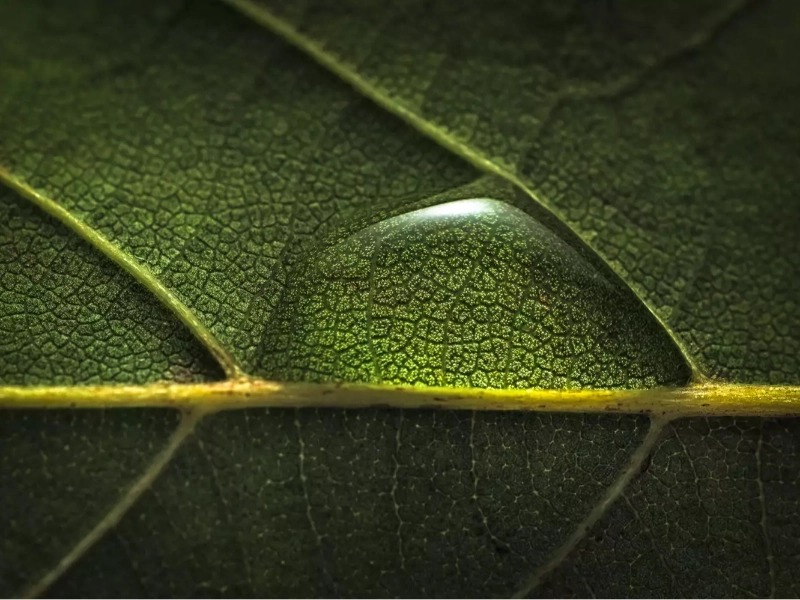
9 Amazing Fractals Found in Nature
By • Last Updated8. Leaf Veins: The Intricate Fractal Networks of Plant Circulation

Leaf veins provide a remarkable example of fractal geometry in nature, forming a complex network that transports water, nutrients, and photosynthetic products throughout the leaf. Especially evident in plants with reticulate venation, this vascular system displays self-similarity across multiple scales. Starting from the main midrib, or central vein, branching veins divide into smaller capillaries that reach every corner of the leaf. This fractal-like pattern has evolved over millions of years, optimized by both genetic programming and environmental pressures to ensure efficient resource distribution throughout the leaf tissue.
Leaf veins play a dual role: they transport nutrients and water from the plant’s stem to all parts of the leaf and return photosynthetic products back to the plant. This dual function requires an optimized balance between the cost of vein production and the need for wide coverage. In dicotyledonous plants, the leaf venation pattern is often reticulate, or net-like, with the primary midrib dividing into secondary veins, which further branch into tertiary veins and so on. This hierarchical network resembles the branching structure of an entire tree, with self-similarity extending down to the tiniest veinlets.
The fractal design of leaf veins serves several essential functions. First, it ensures that each cell is close to a vein, maximizing the efficiency of resource distribution. Second, the network’s redundancy provides resilience; if one part of the vein system is damaged, other paths maintain the flow of vital fluids. Additionally, the fractal structure allows for scalable growth, as the vein network expands predictably to support larger leaves.
Beyond botany, the principles of leaf venation inspire innovations in engineering and design. The structure has informed efficient distribution systems across fields like urban planning and microfluidics. Solar cell designs, for example, draw from leaf vein organization to improve energy collection and distribution. In medicine, understanding vascular networks’ fractal nature has advanced tissue engineering and artificial organ development.
Leaf vein patterns also provide insights into plant evolution and environmental adaptation. Variations in vein density and arrangement can reveal information about a plant’s habitat, water efficiency, and photosynthetic capacity. This knowledge is essential to plant biology and has practical applications in agriculture and conservation, aiding in the development of resilient crop varieties and forecasting plant responses to climate change.